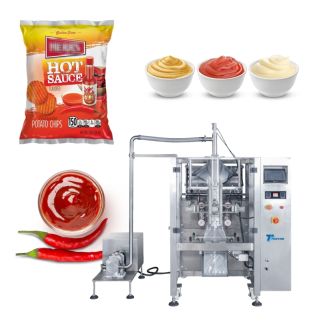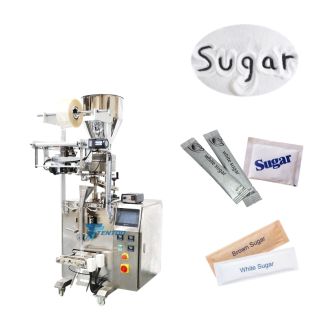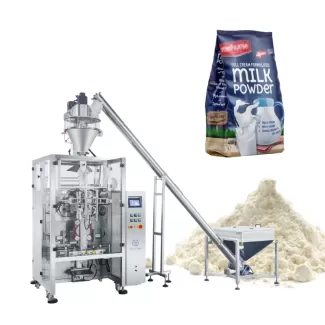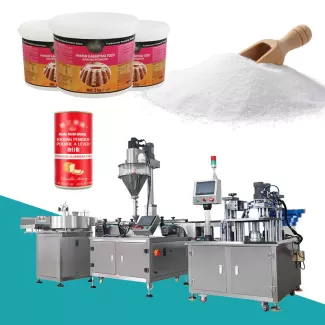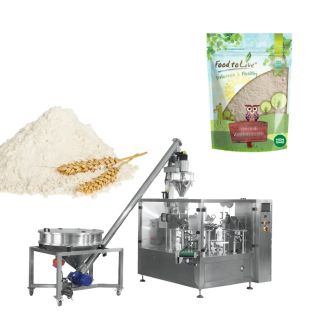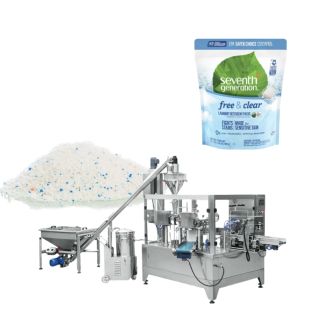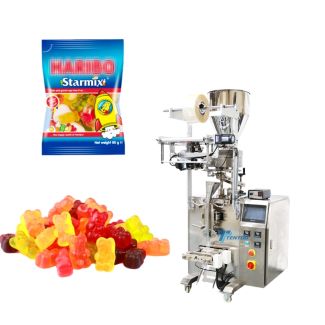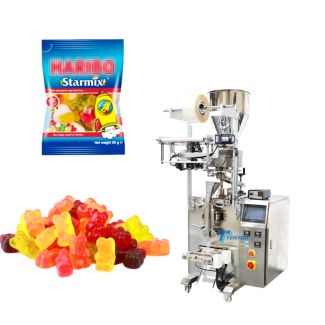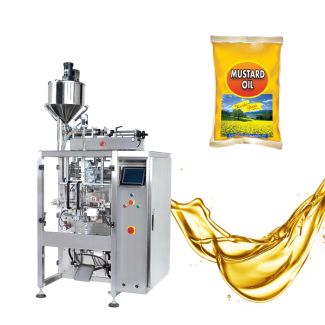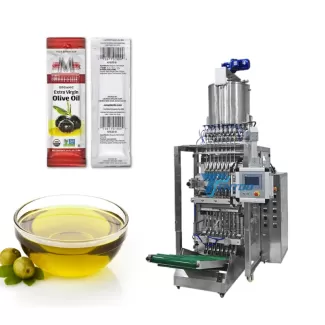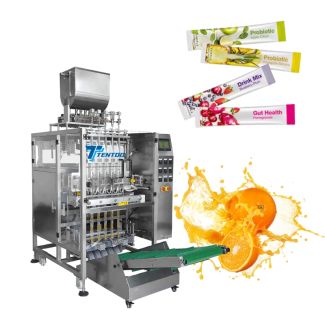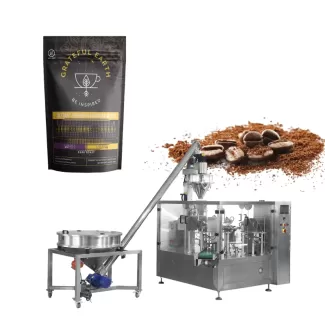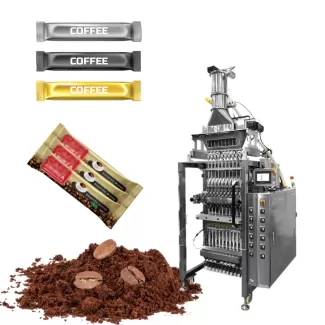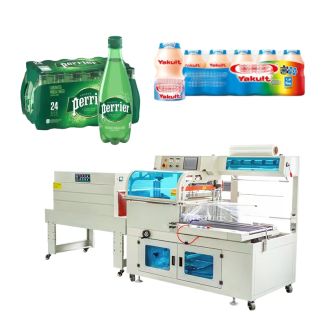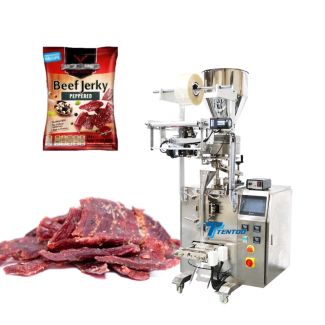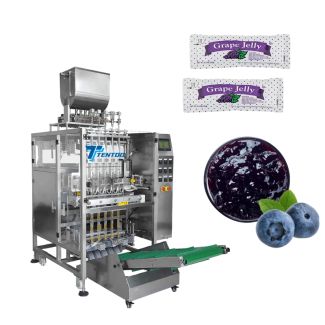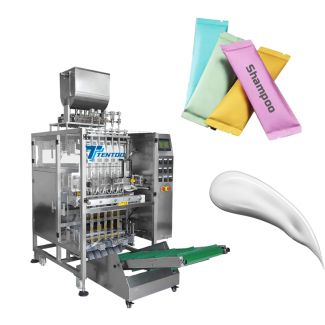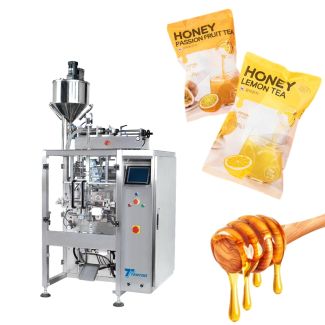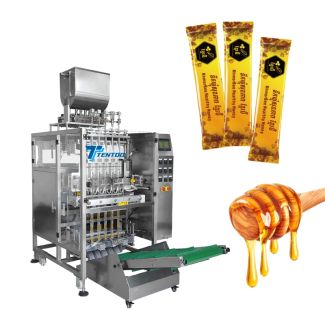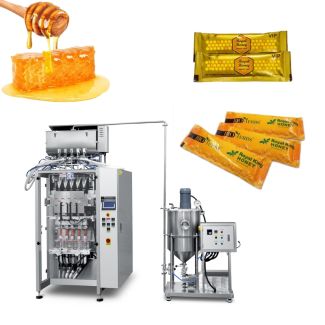Automatic packaging machine advantages
Why do people like automatic packaging machines more and more
Automatic liquid filling machines are becoming increasingly popular in the packaging industry due to their efficiency, accuracy, and speed. In comparison to semi-automatic filling machines, automatic machines offer numerous advantages that make them a preferred choice for many manufacturers.
One of the main reasons to choose an automatic liquid filling machine over a semi-automatic one is the level of automation it provides. Automatic machines are capable of filling a large number of containers in a short amount of time, reducing the need for manual labor and increasing production efficiency. This not only saves time but also ensures consistent filling levels and reduces the risk of human error.
Another key advantage of automatic liquid filling machines is their precision and accuracy. These machines are equipped with advanced technology that allows them to fill containers with the exact amount of liquid required, ensuring uniformity in product quality. This level of accuracy is crucial for industries where precise measurements are essential, such as pharmaceuticals or food and beverage.
In addition to efficiency and accuracy, automatic liquid filling machines also offer versatility and flexibility. These machines can be easily adjusted to accommodate different container sizes and shapes, as well as various types of liquids. This adaptability makes them suitable for a wide range of industries and products, from cosmetics and personal care items to household cleaners and industrial chemicals,This is particularly important for industries that require strict adherence to cleanliness standards, such as the pharmaceutical and food industries.
1.Consistent Quality: Automatic liquid filling machines ensure consistent filling levels and product quality, reducing the risk of variations and defects. This is crucial for maintaining customer satisfaction and brand reputation.
2.Increased Production Capacity: Automatic machines have higher production speeds and capacities compared to semi-automatic machines. This allows manufacturers to meet growing demand and scale their operations effectively.
3.Reduced Labor Costs: By automating the filling process, businesses can reduce the need for manual labor and reallocate resources to other areas of the production line. This not only saves costs but also improves overall efficiency.
4.Enhanced Safety: Automatic liquid filling machines are equipped with safety features such as emergency stop buttons and protective guards to ensure operator safety. This creates a safer working environment and minimizes the risk of accidents.
5. Improved Inventory Management: Automatic machines can be integrated with inventory management systems to track and monitor liquid levels, enabling better control of stock levels and reducing the risk of stockouts or overfilling.
5.Adaptability to Future Needs: Automatic liquid filling machines are designed to be easily customizable and upgradeable, allowing businesses to adapt to changing market demands and product variations without significant downtime or investment.
Here are a few more reasons why automatic liquid filling machines are a superior choice compared to semi-automatic machines:
1.Low production efficiency: Semi-automatic liquid filling machines typically require manual intervention and operation, resulting in slower production speeds that cannot match those of automatic machines. This may lead to production delays and capacity limitations.
2.Lower filling accuracy: Because semi-automatic filling machines rely on manual operation, there is a risk of human errors and inconsistency, which can result in inaccurate or fluctuating filling volumes.
3.High labor costs: Using semi-automatic liquid filling machines requires more manpower, increasing labor costs and reducing overall efficiency. Additionally, manual operation introduces the risk of human errors and high labor intensity.
4.Higher product wastage: Due to the uncertainty of manual operation, semi-automatic liquid filling machines may lead to increased product wastage and losses, thereby raising production costs and reducing profits.
5.Not suitable for large-scale production: For industries requiring large-scale production, semi-automatic liquid filling machines may not be able to meet the demand due to their limited production speed and capacity.
In conclusion, while semi-automatic liquid filling machines may be a suitable choice in certain situations, they have some clear drawbacks compared to automatic liquid filling machines, including low production efficiency, lower filling accuracy, high labor costs, increased product wastage, and unsuitability for large-scale production. Therefore, for manufacturers seeking efficient, precise, and sustainable production, automatic liquid filling machines are often the superior choice.

